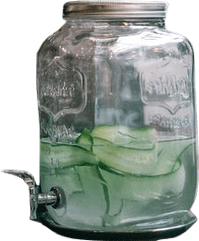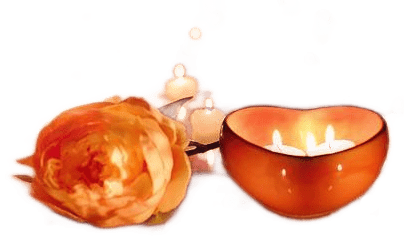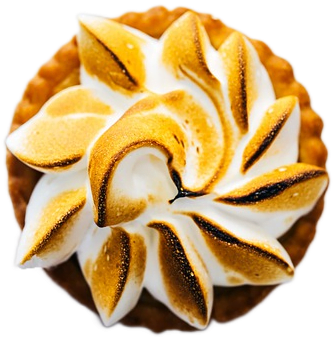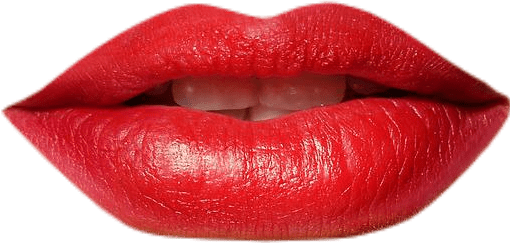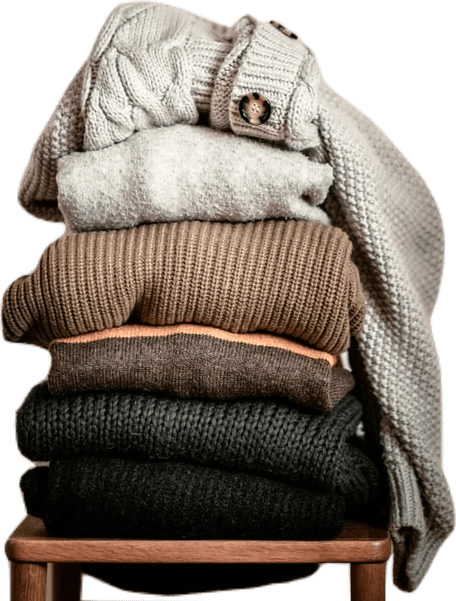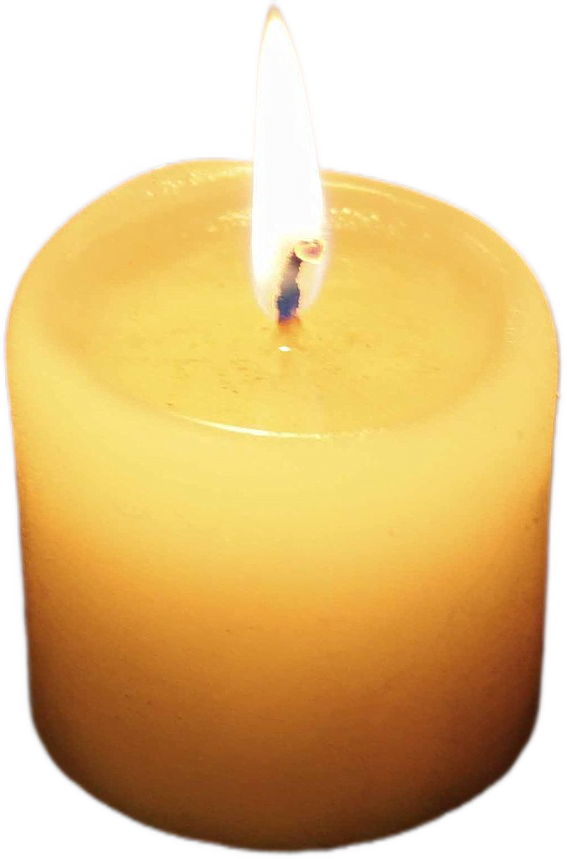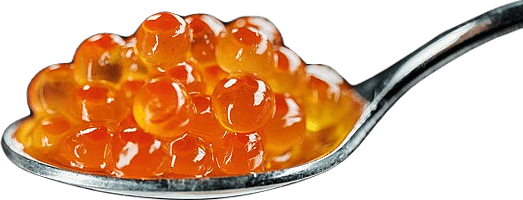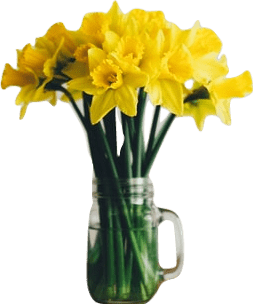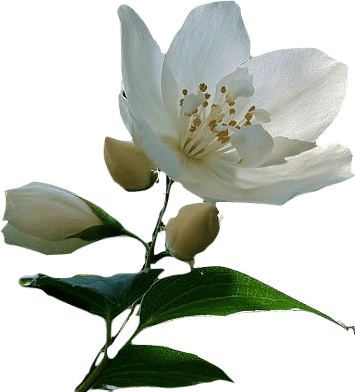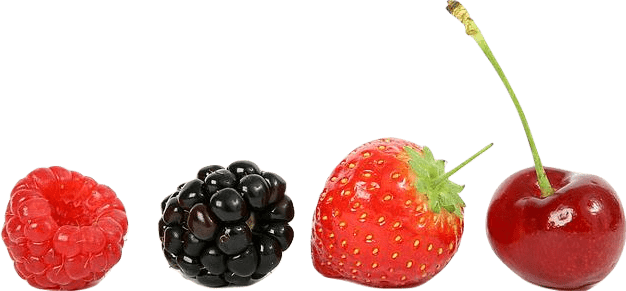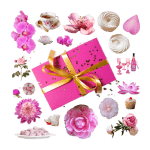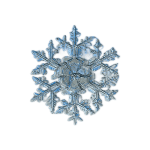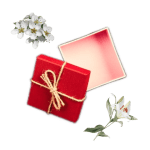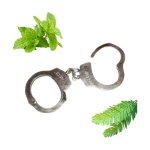7 Questions to Ask Yourself to Find Your First Fragrance
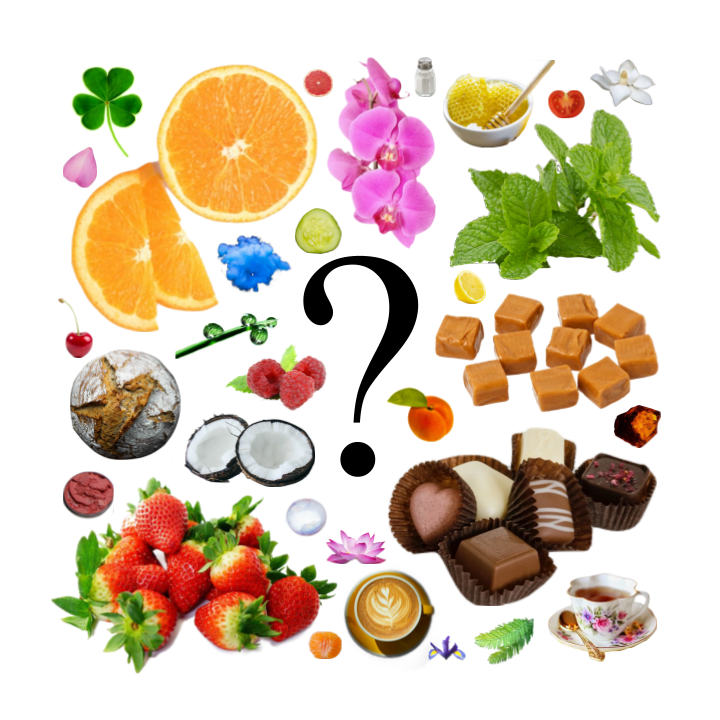
Every time a friend of mine decides they want to find a perfume or cologne they like, I’m incredibly excited to help. It’s such a special opportunity to connect someone to a little pocket of pleasure that isn’t just nice to smell, but feels like it’s made for them.
But, of course, unless you’re commissioning a bespoke fragrance, the perfumes and colognes out there on the market weren’t, I’m sorry to say, specifically made for you.
What’s the trick to finding one that feels like it is?
How do you find a perfume or cologne you like that doesn’t just smell good, but also smells like you? Especially if you don’t know much about the world of scent? What is a note pyramid, anyway? What on earth is sillage? How can I possibly know what this perfume smells like from this weird abstract YouTube ad?!
After guiding several friends on this adventure, I’ve realized there is a consistent set of questions I ask to help someone find their first fragrance love. In this post, I’ve compiled these into a simple survey, in hopes that I can help some more overwhelmed people out there just trying to find a smell they like.
With fragrance shopping becoming more and more of an online experience, learning to evaluate what sort of scent you might like without smelling every single option is becoming an essential skill. But cultivating it isn’t as hard as you might think.
These questions are designed to spark brainstorming about what sorts of scents you like and dislike and what is important to you in a wearable scent.
Without further ado, let’s get into the questions I always ask to find someone’s perfect fragrance!
Are you looking for a warm or cool scent?
Do you prefer warm, inviting scents or cool, refreshing scents?
The weather, climate, and current season where you live may play a part here. If you’re in the middle of a blistering summer, are you going to find an extremely sweet vanilla scent nauseating or stuffy? Meanwhile, if you’re in the middle of a freezing winter, is now really the time to try cool, crisp fresh scents, or would you rather go for something that warms you up?
You will most likely find scents out there that you enjoy in both categories. But if you’re looking for just one right now, having an idea of where it should fall between cool, crisp freshness and cozy fireside warmth is helpful.
Do you have any preferences about traditional scent gender roles?
The culture you live in likely has ideas about what sorts of smells are masculine or feminine. None of this actually objectively matters, but if it’s important to you, that’s good to know.
Plenty of men, for instance, are looking only for traditionally “manly” scents, and plenty of women want perfumes that sing with classic femininity. There are also plenty of women out there who strongly prefer masculine scents. There are lots of people who just don’t care.
Consider for a moment how you feel about this before proceeding. Ask yourself how you personally define masculine and feminine scents, and what those definitions mean to you. Under the hood, are you actually just keen on finding something really cool and fresh? Something soft and floral? Something sweet? Or, perhaps, you’re anxious to find something that’s not too sweet?
These are precise, pragmatic, useful notes to have. They can make your search for what you want a lot easier than simply saying you want something masculine or feminine.
Is there a mood or aesthetic you want to convey?
Smells evoke moods. Most perfumes and colognes are designed to make us feel positive emotions like happiness. But what is happiness? There are lots of different positive moods a scent can convey. Do you want something comforting? Something sultry? Sparkling with pure, childlike joy? Gloriously triumphant? Dramatic and sparkly?
Even those adjectives can be broken down further.
Is the smell you’re looking for comforting like a warm hug from an old friend, or like a reliable hobby you can always come back to alone at night?
Sultry like candles and roses and dramatic declarations of passion, or like eyes stealthily meeting across a dimly-lit room?
Is it the pure joy of a little boy eating vanilla ice cream, or of that weird girl who’s super into bugs when she finds a new kind of fuzzy caterpillar behind a rock at recess?
I said most fragrances are designed to evoke positive associations. I wouldn’t say all of them are, because there are definitely compositions that make many people feel emotions we traditionally call negative, like the melancholy of Guerlain’s Mitsouko or the grief of Serge Lutens’ De Profundis.
While you’re probably looking for something lighter in your first scent, don’t hold yourself back if you want to explore some darker, moodier themes. If that’s who you are, there are plenty of options out there for you.
If you like, you can delve even deeper than mood words and consider the specific aesthetics or vibes you’re interested in. Is there a Pinterest board out there that’s calling your name? A color palette that’s inspiring you?
Maybe you want to smell exactly like a very specific thing, like a freshly-printed book or a lemon meringue pie. Or maybe you’re more into an abstract idea, like smelling intellectual or pensive or brave or even radioactive, whatever those things mean to you.
Here on The Scentaur, I keep a list of some of these vibes as I perceive them, ranging from cottagecore to clean, formal to zen, synthetic to metropolitan. Some are more direct, others more abstract. Some are place-based, others not.
The list of ways to categorize scent experiences is a tangled, nuanced, never-ending mess. That’s a good thing. Think about what feels interesting, useful, comforting, exciting, or expressive to you.
For whom are you wearing this fragrance?
First and foremost, I will always recommend you wear fragrance for you — for your pleasure and exploration of human experience, whatever that means to you specifically.
The fragrance marketing world seems to finally be catching up to this idea. No longer is every perfume ad entirely and obnoxiously about sex; more and more, it’s about self-expression, conveying your very essence and quiddity to the people around you via scent.
But that hasn’t always been the case, and it still isn’t everyone’s philosophy.
Maybe you’re looking for a cologne because you think it will make girls at the club like you more. Or you’re a woman trying to find a perfume that conveys your formidable don’t-mess-with-me power in the office. Or you’d just like to find a signature scent your partner also really likes.
All of those things are okay. Be honest with yourself about them.
They’re not likely to dramatically change the kinds of scents you’re in the market for. Whatever you’re looking to project to others with a fragrance — power, confidence, sex appeal — is already within you.
But it’s useful to keep the constraints of your audience in mind. Maybe you know your girlfriend hates the smell of spearmint for some reason. Or that you can’t wear a hyper-realistic niche perfume inspired by the lowly yet majestic American hog-nosed skunk in your conservative office. You know how it is. All those things are useful to consider as you examine what you like and what’s out there.
Are there smells in your everyday life that you love?
Pay attention to the smells you run into in everyday life. Are there specific scents (often called notes in fragrances) you just love? Maybe you’re a big fan of the smell of a hot apple pie out fresh of the oven. Or of bitter black fountain pen ink. Or underripe apricots glistening with morning dew. Or lemonade. Or the way your cat smells when she’s been lying in the sun all afternoon. Nothing is too weird or too specific to serve as scent inspiration.
Consider the little things that are special to you: the smell of your favorite flowers in spring, the pastry you love having with your coffee in the morning, the warm fuzzy smell of the cashmere sweater in your closet.
It doesn’t have to be anything complicated. You don’t have to know what an exact note is called. But it’s pleasant to reflect on the scents in your day-to-day life that you enjoy and look to these as useful information about the kinds of smells you like.
What broad categories of scents do you like?
Fragrance notes are often categorized into groupings of similar smells, sometimes called families of notes. This fact can be useful for predicting whether you’ll like a certain note you haven’t smelled before. Even if you don’t know what a magnolia flower smells like, for instance, it’s helpful to know whether you like flowers.
To this end, I’m going to list a handful of different categories of notes. Take a look at each of these and consider whether you like or dislike things that are like it.
This can be a really helpful exercise when you don’t exactly know what’s out there. There are lots of different categories of smells out there you might not otherwise think of when trying to brainstorm on your own (what psychologists call recall), but you might realize you like them when you see them in front of you (what they call recognition).
Here are some scent categories I’ve come up with for you to consider, in no particular order, with descriptive adjectives, common examples, and visuals:
| Category | Adjectives | Examples | Visual |
|---|---|---|---|
| Vanillic | Sweet, warm, soft, comforting, hazy, musky, deep | Vanilla, tonka bean, amber, labdanum | 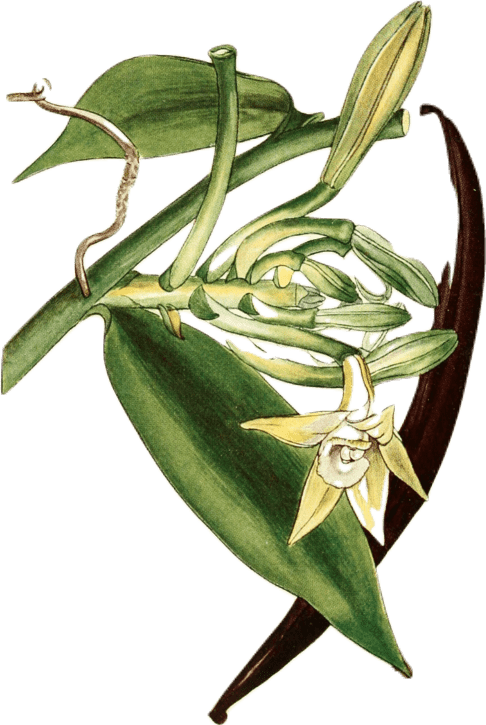 |
| Resinous | Deep, resonant, sap-like, sharp, wood-like, somber, warm, musky, religious, pensive | Frankincense, myrrh, elemi, mastic, opoponax | 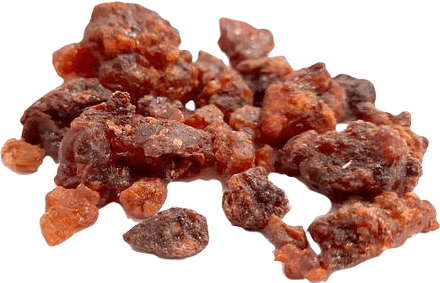 |
| Aromatic | Herbal, fresh, garden-like, sharp | Sage, thyme, rosemary, tea, mate, herbs | 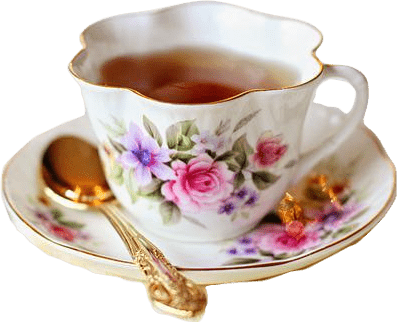 |
| Woody | Soft, expansive, powerful, pensive, luxurious, rich, bitter, warm, cool, deciduous, coniferous, dusty, vintage, aged | Cedar, pine, sandalwood, mahogany, teak | 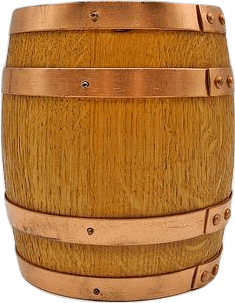 |
| Spicy | Sharp, peppery, wafting, tasty, baked | Cinnamon, ginger, cardamom, cumin, coriander, nutmeg |  |
| Citrus | Sparkly, fresh, sweet, juicy, bright, zesty | Orange, lemon, bergamot, lime, grapefruit, clementine | 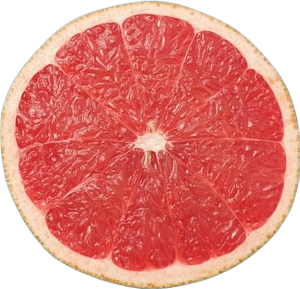 |
| Calone | Bright, fresh, masculine, aquatic, watery, breezy | Sea breeze fresh scent, cucumber, melon | 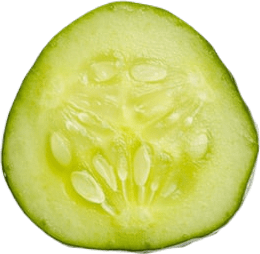 |
| Fruity | Sweet, sugary, uplifting, pure, colorful | Apple, raspberry, blackberry, cherry, strawberry, banana, pomegranate, grape, pineapple, mango, guava, kiwi, lychee |  |
| Blue | Crisp, cool, fresh, aloof, masculine, powerful, clean, loud, clubbing | Generic men’s fresh deodorant scent: think Axe Body Spray |  |
| Smoky | Dark, gray, burnt | Incense, smoke, burning wood | 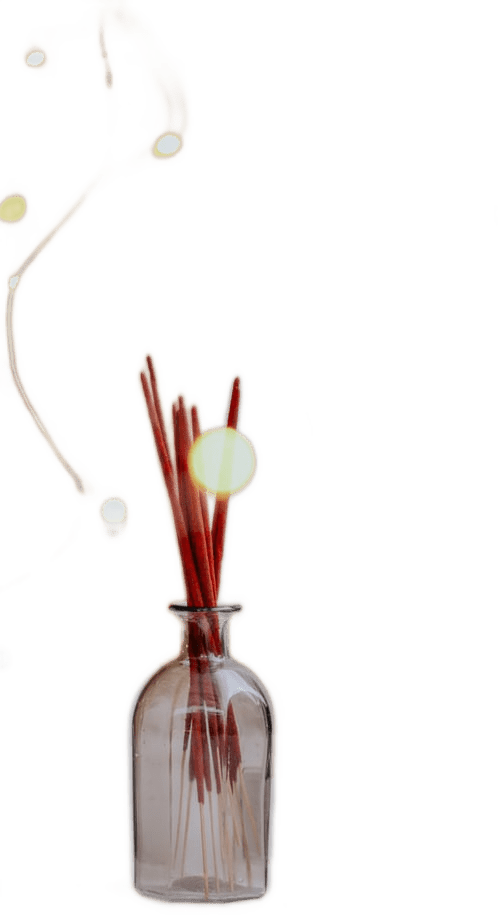 |
| Floral | Flower-like, gentle, vintage, soapy, sneezy, pungent, sweet, pink, heady, indolic, red, yellow, white | Roses, carnations, narcissus, magnolias, gardenias | 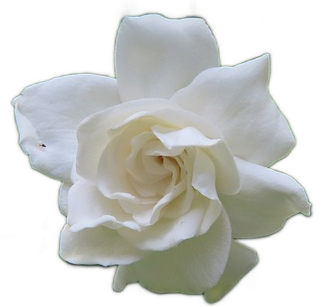 |
| Powdery | Soft | Makeup notes, talc, baby powder, iris | 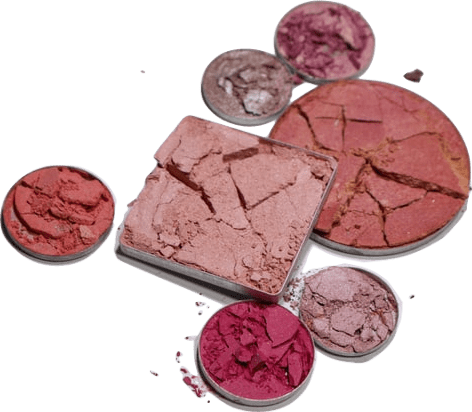 |
| Mossy | Metallic, swamp-like, dark green, bitter | Oakmoss | 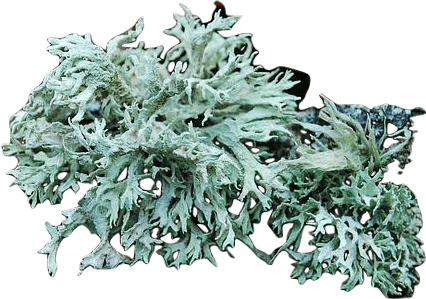 |
| Aquatic | Salty, sea-like, metallic, fishy, saline, fresh, marine, watery | Salt, seaweed, sand, cool sea breeze, aquatic notes | 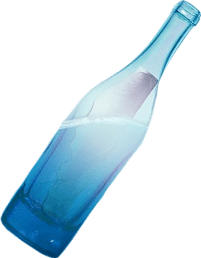 |
| Gourmand | Sweet, sugary, dessert-like, decadent, comforting, tasty | Chocolate, cupcake, hard candy, toffee, vanilla ice cream, coffee, apple pie, lemon meringue, bread, coffee, fancy drinks | 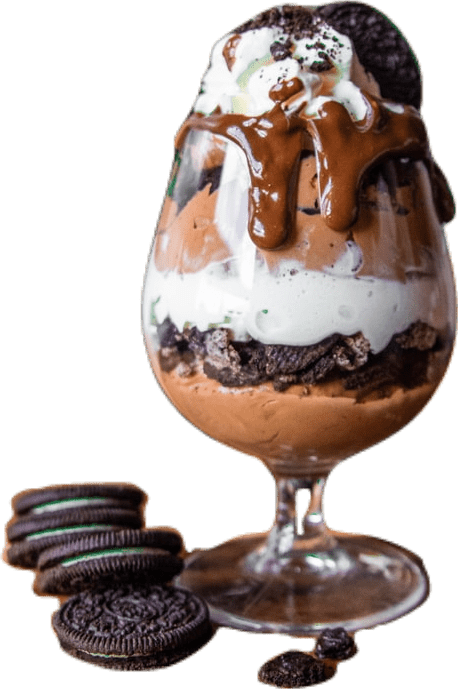 |
| Green | Snapping, crisp, fresh, dewy, verdant, plant-like | Fresh damp grass, twigs, dewy trees | 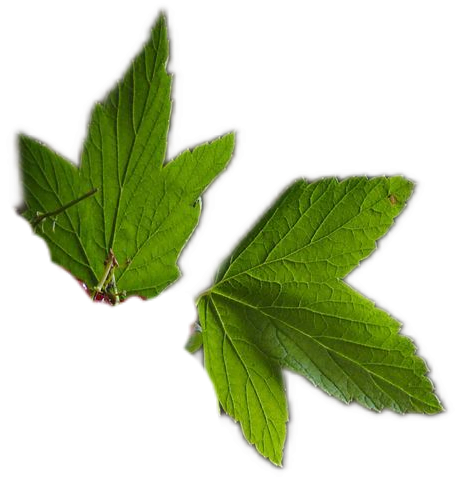 |
| Earthy | Soil-like, rich, damp, dirty, natural | Soil, earth, dry grass, petrichor, wet earth | 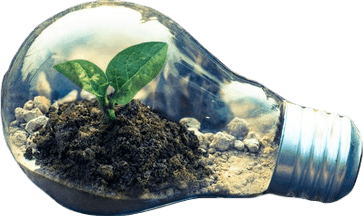 |
| Soapy | Clean, fresh, laundry-like, synthetic, soft, soap-like, bubbly, bright | Aldehydes, soft vintage roses and carnations | 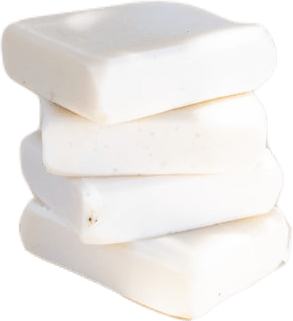 |
| Animalic | Fierce, dirty, sensual, animal, filthy, sweaty, skin-like, fur-like, sultry, sexy | Sweat, hay, filth, barnyard, sex, pheromones |  |
| Boozy | Alcohol-like, warm, fiery, sharp, sweet | Whiskey, bourbon, rum, cognac, martini, red wine, white wine, rosé, rum | 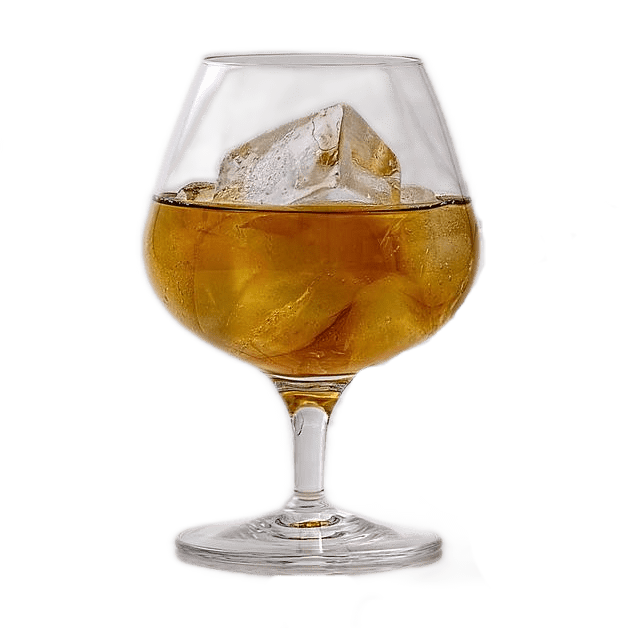 |
| Mineral | Sharp, earthy, sparkly, crushed, gray, multicolored, shiny | Flint, pebbles, rocks, crystals, crushed Flintones vitamins | 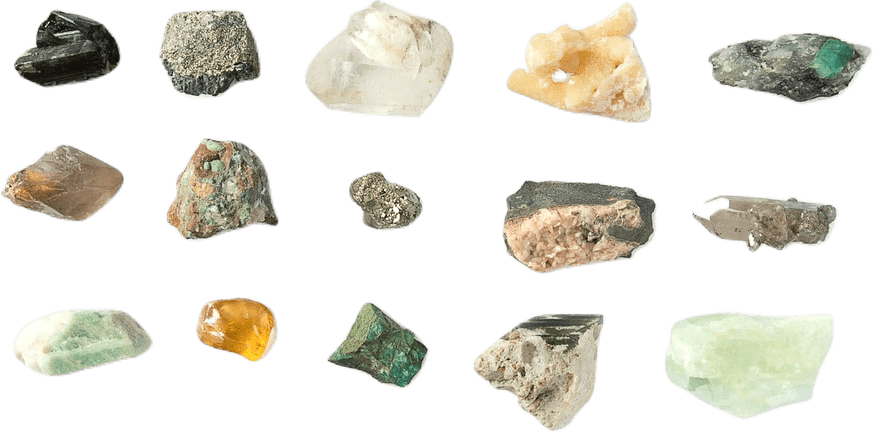 |
| Metallic | Cold, unsettling, sharp, clean, shiny, money-like, jewelry-like | Coins, metals, rust, intense doses of salty and aquatic notes | 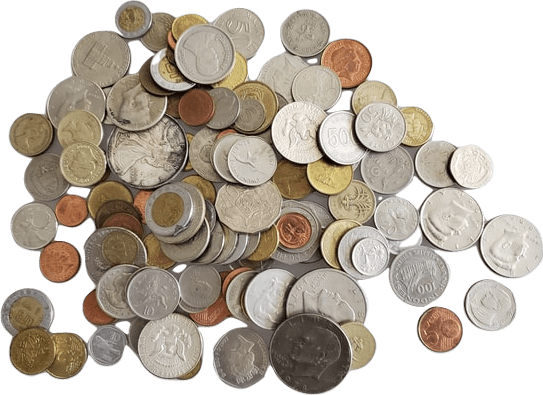 |
If you don’t know what any of the things I’ve listed smell like, there are a few things you can do.
The first is paying attention to smells in your day-to-day life.
Can’t remember whether you like the smell of ginger? Take a look in your spice cabinet.
Don’t know whether you’d want to smell like roses? Step outside!
Building out this mental scent map can be such a fun adventure. Practice being present with your sense of smell, paying attention to what you can smell on your way to work, in bed, while cooking, when gardening, and so on.
But you’re probably not going to find everything around you. Maybe roses don’t grow where you live. Maybe you don’t have any ginger. That’s when the second option comes in handy.
The second option is a fun trick I call going candle sniffing.
Simply walk into a candle store or the candle section of a large department store and spend some time smelling the candles. Pay attention to the names of the ones you like and dislike. You might not know (or remember) what cashmere or bergamot or lilac smells like until you smell it in a candle.
This is easily the quickest way to smell a bunch of different scents in one go. Be sure to take breaks so your nose doesn’t get overwhelmed, and take notes about the ones you really like.
And the third option? Is to forget about it. You don’t need to know what absolutely everything smells like. You just need an idea of a couple different kinds of smells you like. Don’t make it too complicated on yourself.
What’s your budget?
Last but not least, budgeting. Yes, this belongs on the list. It’s an important thing to consider before going overboard on sample shopping or blind buying bottles of scent you can’t afford.
Fragrances fall in a fairly wide range of affordability, from local T.J. Maxx finds to ultra-rare niche blends made of specialty vintage ingredients.
This final consideration probably won’t be the biggest hurdle of your search. I mean, fragrance is absolutely absurdly expensive, but you’re unlikely to run into tons of scents that are on the high end of that universally marked-up scale when you’re first looking around.
This is because, counter-intuitively, most of the time, the pricier a fragrance is, the more likely it is you’ve never heard of it before. The luxury brands you’ve heard of like Yves Saint Laurent and Burberry and household celebrity names like Britney Spears and Jennifer Lopez are, in fact, the types of scents that typically fall in the less expensive, you-can-find-it-at-your-local-mall range.
Ultra-niche perfumery, on the other hand, tends to operate entirely through online retail or small specialty stores. Very broadly speaking, the weirder and more niche a fragrance is, the more likely it is to be rather expensive. The most expensive stuff isn’t likely to be something from a brand you know or in a bottle you’ll see at the store. You really have to go digging to find it.
Still, the world of online window shopping is your oyster, and that means you may need to set limits. Set a firm maximum for how much you are willing to spend on a round of fragrance samples or a bottle of scent.
When it comes to sampling, there are lots of ways to try scents for next to nothing, like raiding your friends’ collections, participating in a traveling sample box, or simply visiting Sephora and trying a couple on.
You also have options when it comes to paying for samples. Different online sample marketplaces can have different price points, and may give you the option to choose different sample sizes. You probably don’t need several milliliters of each fragrance if you’re just ordering them to try, so the smallest size — usually a milliliter or, on some pricier listings, half a mililiter — should suffice. Subscription services can be a fun way to try a new scent each month, but also usually send along larger supplies (Scentbird, for example, sends 8 milliliter samples) which come with a higher price tag.
Even if you’re a scion of the Musk clan — do you think they like the smell of musk? I have always wondered about this — and have no monetary limits, consider the problem of clutter. It can be difficult and time-consuming to find places to sell, donate, or gift fragrances you no longer want. This is especially the case for large bottles. While samples can continually cycle through a community via traveling sample boxes, large, expensive bottles of perfume or cologne often languish unused, taking up space and gathering dust.
If nothing else, never buy a full bottle of scent without having smelled it. This is called blind buying in the fragrance community, and it’s a quick way to waste tons of money and time and leave you sorely disappointed.
Sampling a scent for yourself tells you everything that reviews and ad copy can’t. Sure, you can get an idea of how something smells on others by reading, but you won’t know how it smells (and how long it lasts) on you before wearing it. This is why sampling is essential — and also, I’d argue, the most fun part of the process!
Taking the time to order small samples and try scents before you buy a bottle takes patience, but it is well worth it. It’s better to regret spending a few dollars on a tiny vial than spending hundreds on a hefty bottle of perfume that is now taking up all the space on your vanity.
Finally, you can cut down the number of ill-fitting samples you try by carefully reading information and reviews of scents before ordering them. Independent reviews on fragrance blogs (such as this one!) are a great way to find detailed expert language describing a scent in an evocative way. Social media posts and shorter reviews on shopping websites and scent encyclopedias such as Basenotes and Fragrantica are all wonderful resources for crowdsourcing many shorter reviews of how something smells.
And there you have it!
After this exercise, you hopefully have an idea of the kinds of scents you might like to try. Armed with your answers to these seven questions, you’re ready to explore all the different fragrances out there.
This can quickly get overwhelming. Remember that this is for you, that this is supposed to be fun, and that you don’t have to pain-stakingly pore over absolutely everything that’s out there.
You can find ideas for fragrances that have what you’re looking for by talking to friends and online forum members, browsing blogs and online encyclopedias, and looking through both in-person and online marketplaces.
Now go, sally forth and enjoy the search, you adventurous window-shopping, pearl-hunting oyster-opener, you.
